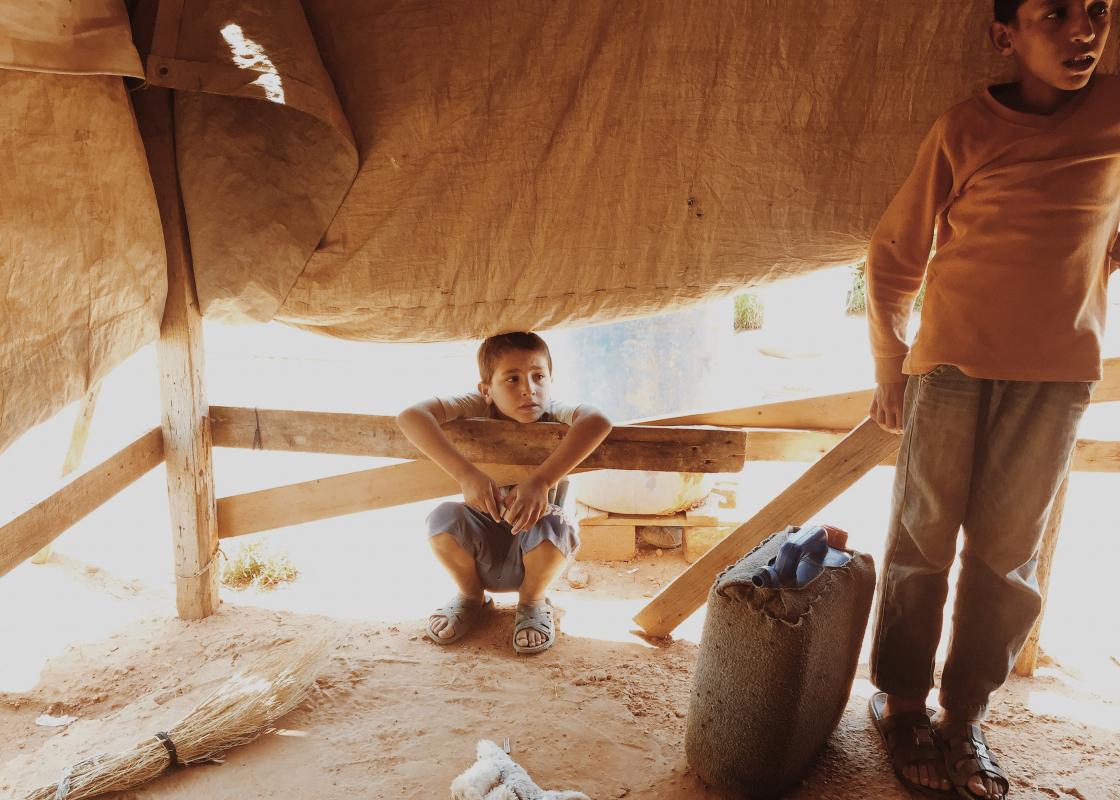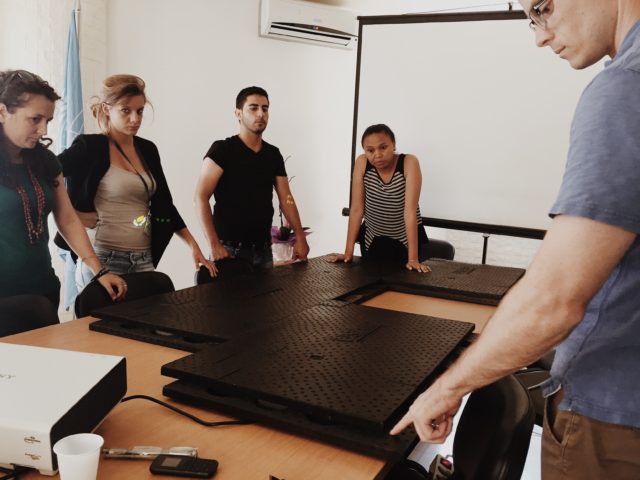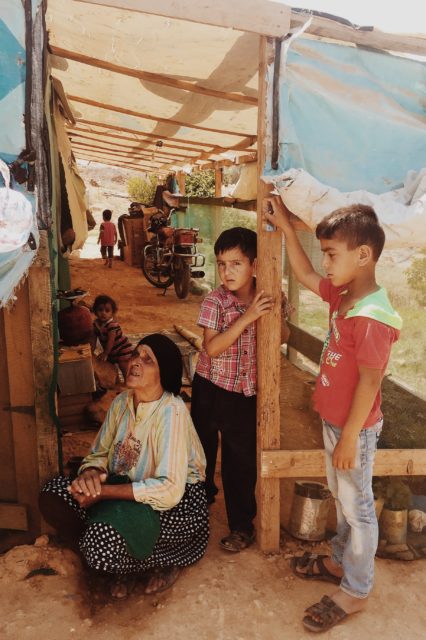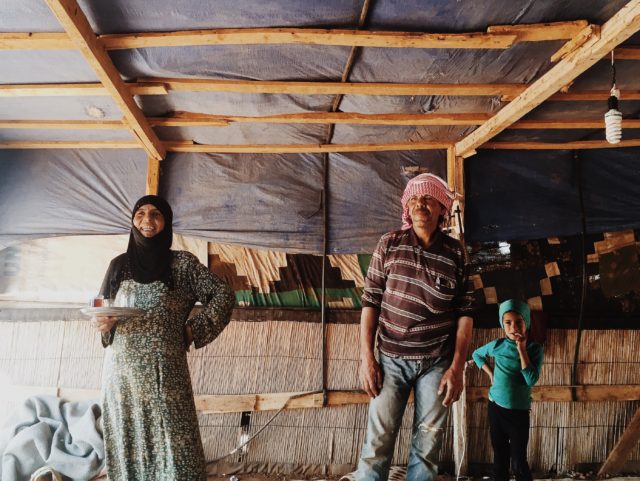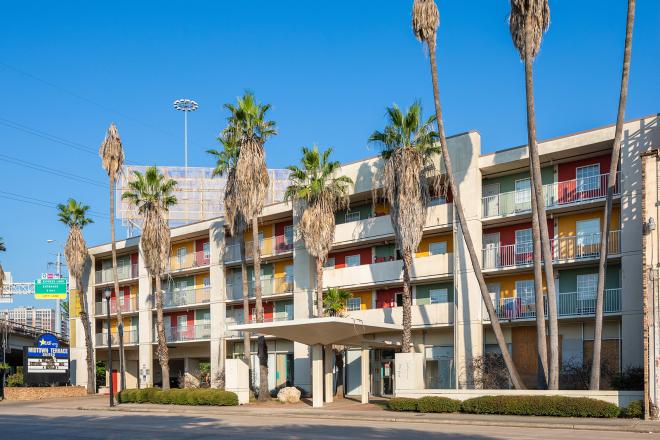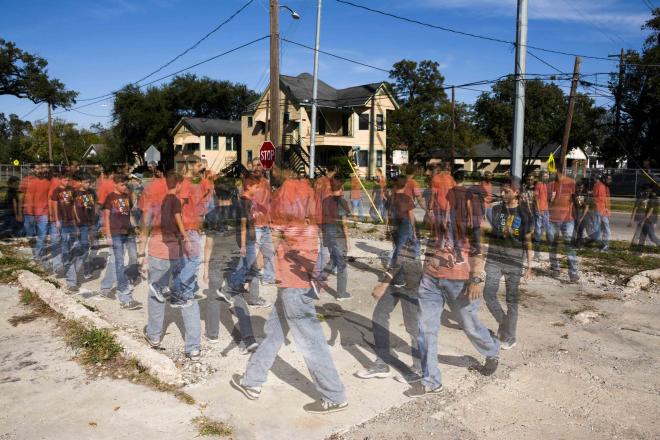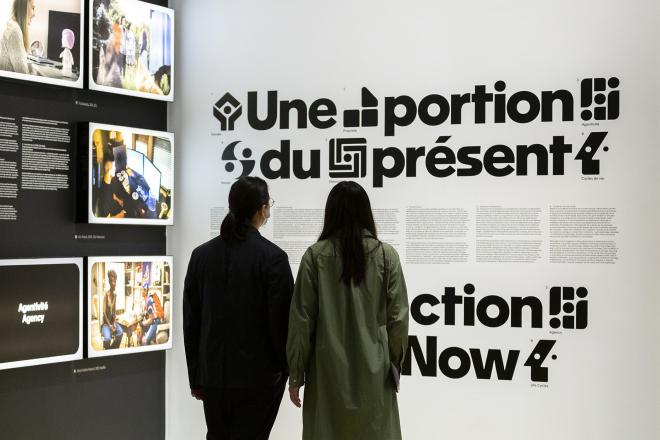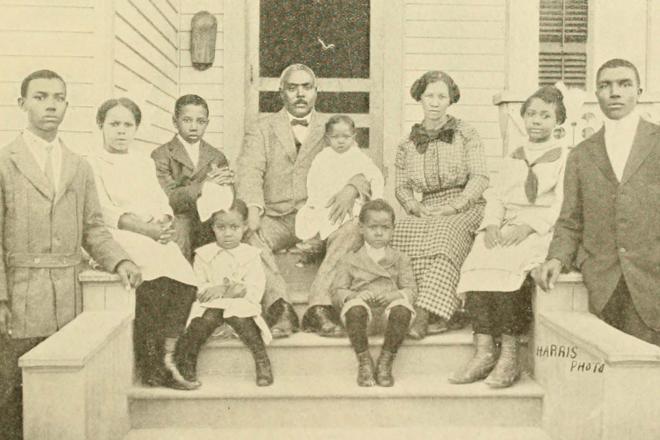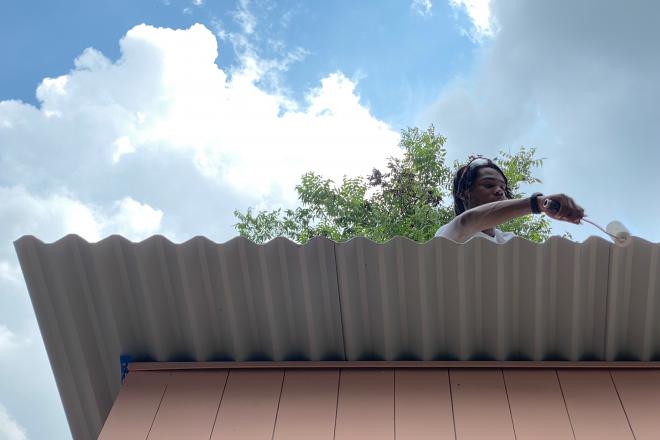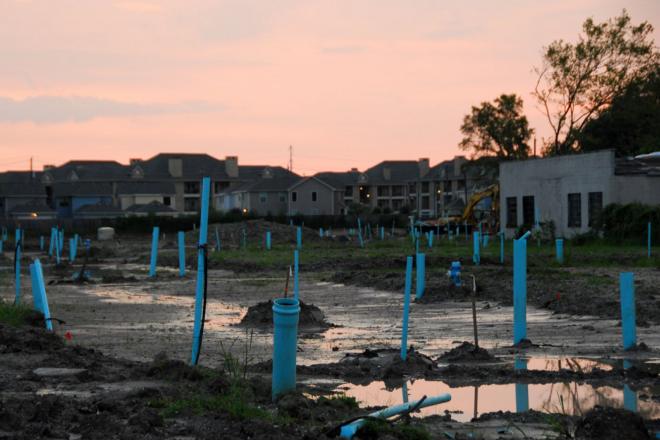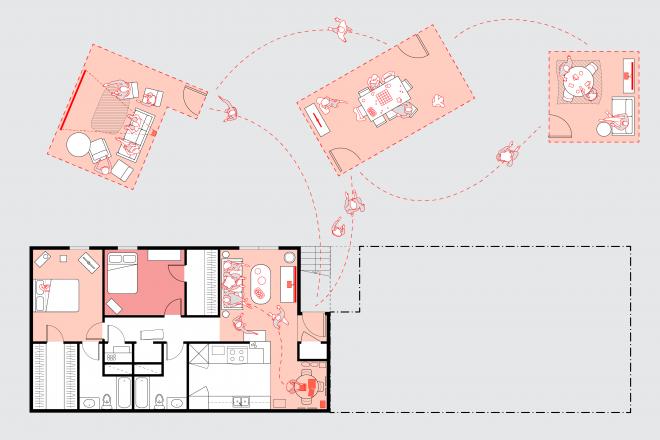A year ago, OffCite published "Emergency Floor," an article about a flooring solution for refugee camps developed by two Rice University graduates, Sam Brisendine and Scott Key, and their crowdfunding campaign to help put their modular tiles of extruded polypropylene on the ground. Below is an update that Key and Brisendine sent to supporters on July 15. You can learn more about the project here.
It is surreal to walk amid refugee shelters in the Bekaa Valley of Lebanon a few short miles from ISIS-held towns in Syria. By in large, these families have lived in shelters cobbled together from tarps, scrap wood, and refuse for four to six years on average.
In the summer, temperatures soar to well over 100 degrees and in the winter down below freezing. Unfortunately, like many countries in the region, cold winters coincide with wet weather. One teenager told us living in his shelter in the winter "is like living in a wet refrigerator."
Lebanon has some of the strictest policies regarding refugee settlements. The gist is that they want them to leave as soon as possible. They are a country of about 4 million with an additional 1.4 million refugees. As a result of official policies, the shelters and encampments where they live are pitiful in comparison to many that we saw in Iraq.
Nothing permanent is the mantra.
The good news is that our floors are not seen as permanent. They install and uninstall rapidly. (Our record is just under five minutes.)
Many of you know that we conducted a week of thermal testing in Idaho back in April. One of the most important findings we made during that testing is that our floors are a great insulator against the ground.
How good?
Thanks for asking.
Really good.
I don't have to tell you that heat rises (but it does). In a shelter, having heat in the peak of your shelter is not useful. You might say it's wasteful. One thing that became clear in our testing was that we were able to retain heat where you want heat to be --- between zero and 30 inches from the floor. When you occupy a shelter, you spend the majority of your time in this key zone sitting, lounging, or sleeping.
Secondly, we found that our floors help the kerosene and diesel heaters used by these families operate more efficiently. To put that a different way, the heaters do not have to run as long to keep these families warm. To put that a different way yet again, we project that we will save fuel at a rate close to 20 percent or about $220 per shelter (using the Family Shelter of the UNHCR, the United Nations refugee agency). Considering that, in Iraq, the UNHCR spent over $7 million on heating fuels last year, a 20 percent savings year after year is particularly compelling.
These findings are a big deal from a viability standpoint for us. For a long time, we've relied on appealing to the long-term health benefits of our floors --- which are all true --- but it is becoming increasingly evident that we must speak to the short-term budgetary needs and constraints of non-governmental organizations or NGOs. Our ability to quantify fuel savings means that not only is the cost of our floors greatly offset, they start paying for themselves in year two. This is huge!
The response has been more than encouraging. We'll update you more on how we are progressing with sales in the coming months, but we are on the right track. We continue to push for market viability because we know that this is the most efficient mechanism for effecting change at a massive scale with our floors.
Thanks for continuing to support us.
Love,
Scott and Sam


